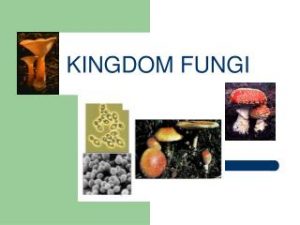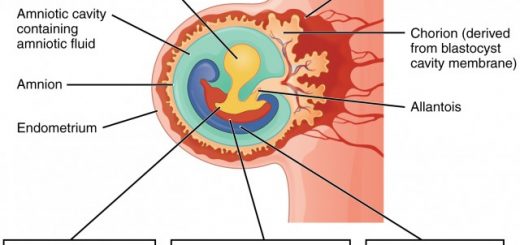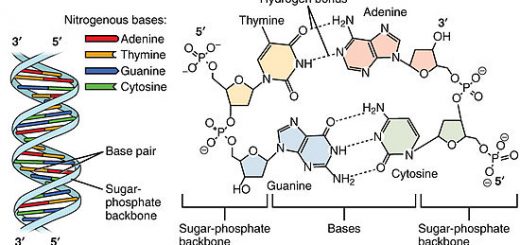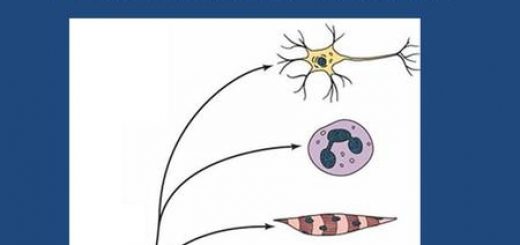General characteristics of Kingdom Fungi and Kingdom Plantae
Kingdom Fungi
Some fungi are unicellular and the majority are muticellular and they are composed of filaments called hyphae collected together to form the mycelium , It is eukaryotic , Lignin substance enters in its structure and they are immobile .
Fungi are heterotrophic , where some are parasitic and others are saprophytic , The majority reproduce sexually , as well as they reproduce asexually by spores , Kingdom Fungi are classified depending on their structure and ways of reproduction into five divisions , the most important ones are :
Division Zygomycota such as Bread mould fungus , Division Ascomycota such as Yeast fungus & Penicillum , Division Basidiomycota such as Mushroom .
Zygomycota
The hyphae are not divided and spores are produced inside sporangia , such as Bread mould fungus ( Rhizopus nigricans ) which causes the black putrefaction on bread and an enzyme used in cheese industry is extracted from it .
Ascomycota
Some are unicellular and others are multicellular with hyphae divided by septa and spores are produced inside sac like structures called asci , Example : Yeast fungus ( unicellular ) , Penicillium ( multicellular ) which produces the antibiotic penicillin .
Basidiomycota
The hyphae are divided and spores are produced inside a club-shaped structure called basidium , Such as Mushroom fungus which some of its types are used as a human food .
Kingdom Plantae
The nucleus is eukaryotic , Cell wall consists of cellulose , Cytoplasm contains chloroplasts ( chloroplastids or plastids ) that contain chlorophyll , The majority reproduce sexually , Kingdom Plantae is classified into three groups which are Higher algae , Non-vascular plants and Vascular plants .
Higher algae
Phylum Rhodophyta are marine weeds consisting of filaments sticking together by a gelatinous coat , Their cells contain chromatophores of red pigments , So , they are called red algae such as Polysiphonia .
Phylum Phaeophyta are marine weeds consisting of simple or branched filaments , Their cells contain chromatophores of brown pigments , So , They are called brown algae , Such as Fucus .
Phylum Chlorophyta : Some are unicellular and others are multicellular , Their cells contain chloroplasts , So , they are called green algae .
Examples : Chlamydomonas ( unicellular ) contains a cup-shaped plastid , Spirogyra ( multicellular ) has the form of unbranched filaments and its cells contain spiral-shaped plastids .
Non-vascular plants
They are plants that do not contain vascular tissues specialized in transporting water and food , So , they are named non-vascular plants .
Phylum : Bryophyta ( or Mosses )
They are terrestrial plants live in damp soils and shaped places because they need dampness greatly to grow and reproduce , They are small sized , green in colour and have hairs for anchorage ( rhizoids ) , They do not contain specialized vascular tissues , Examples : Riccia which is flat , Funaria which is erect .
Vascular plants
They are plants contain specialized vascular tissues for transport , which are : Xylem which transports water and mineral salts , Phloem which transports organic substances formed during photosynthesis , So , they are named vascular plants .
Phylum : Tracheophyta
Phylum Tracheophyta is classified into three classes which are Class Filicatae or ( Ferns ) , Class Gymnospermae or ( Conifers ) and Class Angiospermae or ( Flowering plants ) .
Class Filicatae or ( Ferns )
They are simple structured plants , most of them are herbs and few are shrubs or trees , They have stems , leaves and roots , They live in shaded damp places as walls of wells and shaded damp valleys .
They carry pinnate leaves , They do not produce flowers or seeds , They reproduce asexually by spores that found in special structures on the lower surface of leaves , Examples : Polypodium and Adiantum .
Class Gymnospermae or ( Conifers )
Most of these plants are trees and few are shrubs , They carry male and female cones , They carry simple , needle-shaped leaves , They do not form flowers ( non-flowering plants ) , They produce naked seeds ( without coat ) and they reproduce sexually , Such as Pinus .
Class Angiospermae or ( Flowering plants )
They are terrestrial plants , have stems , leaves and roots , They carry leaves of parallel or palmate venation , They produce flowers that change into fruits enclosing seeds , They reproduce sexually , They are classified into two groups which are Monocotyledons and Dicotyledons .
Monocotyledons
Seeds consist of one cotyledon , Leaves are narrow & parallel veined , Flowers have trimerous whorls or their multiples , Bundles of vascular tissues are scattered inside the stem , the roots are fibrous , Such as wheat , onion and palm .
Dicotyledons
Seeds consist of two cotyledons , Leaves are palmate or pinnate veined , Flowers have tetramerous or pentamerous or their multiples , In the stem , Bundles of vascular tissues are arranged in a ring , The roots are tap , Such as peas , bean and cotton .




